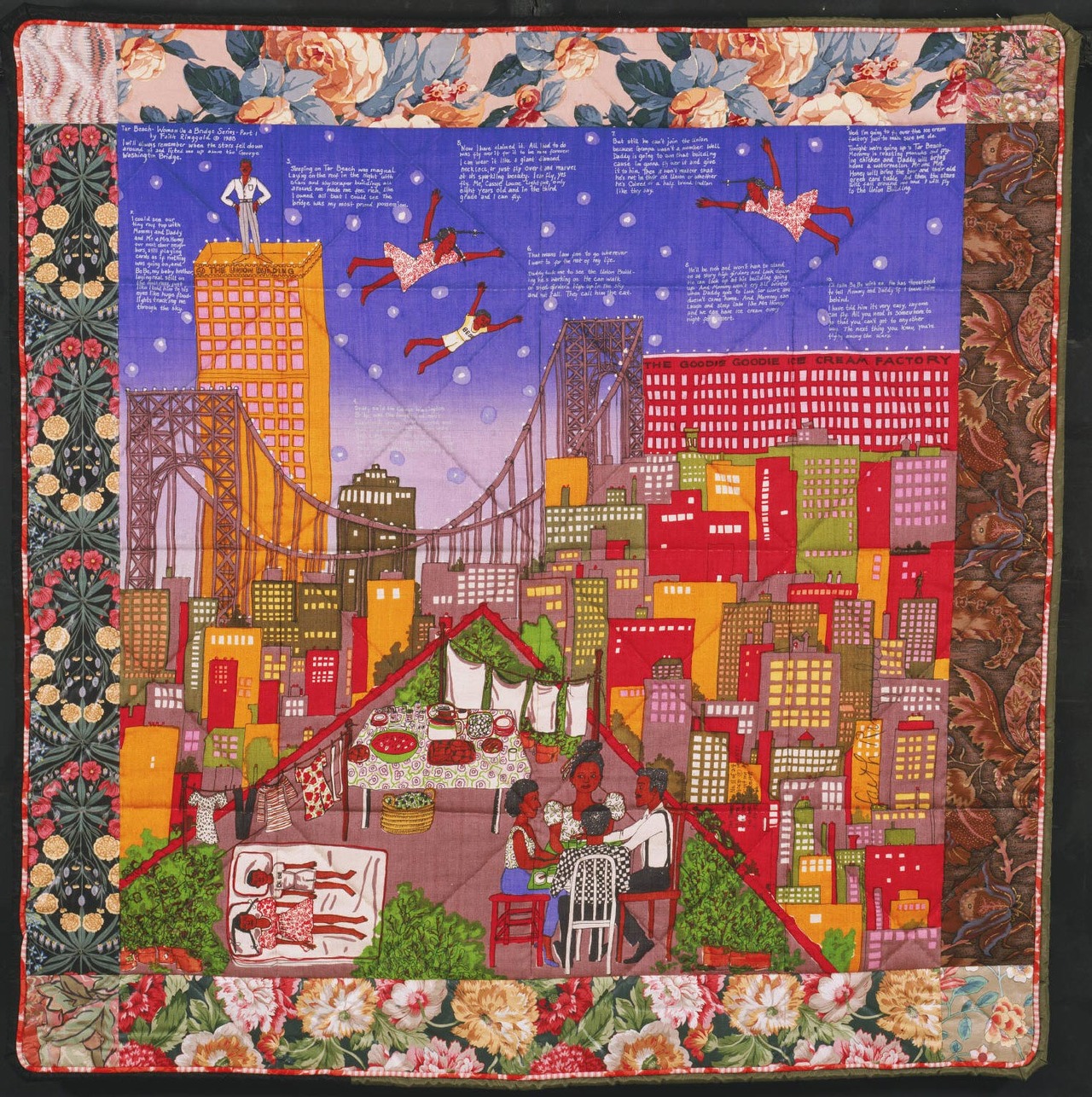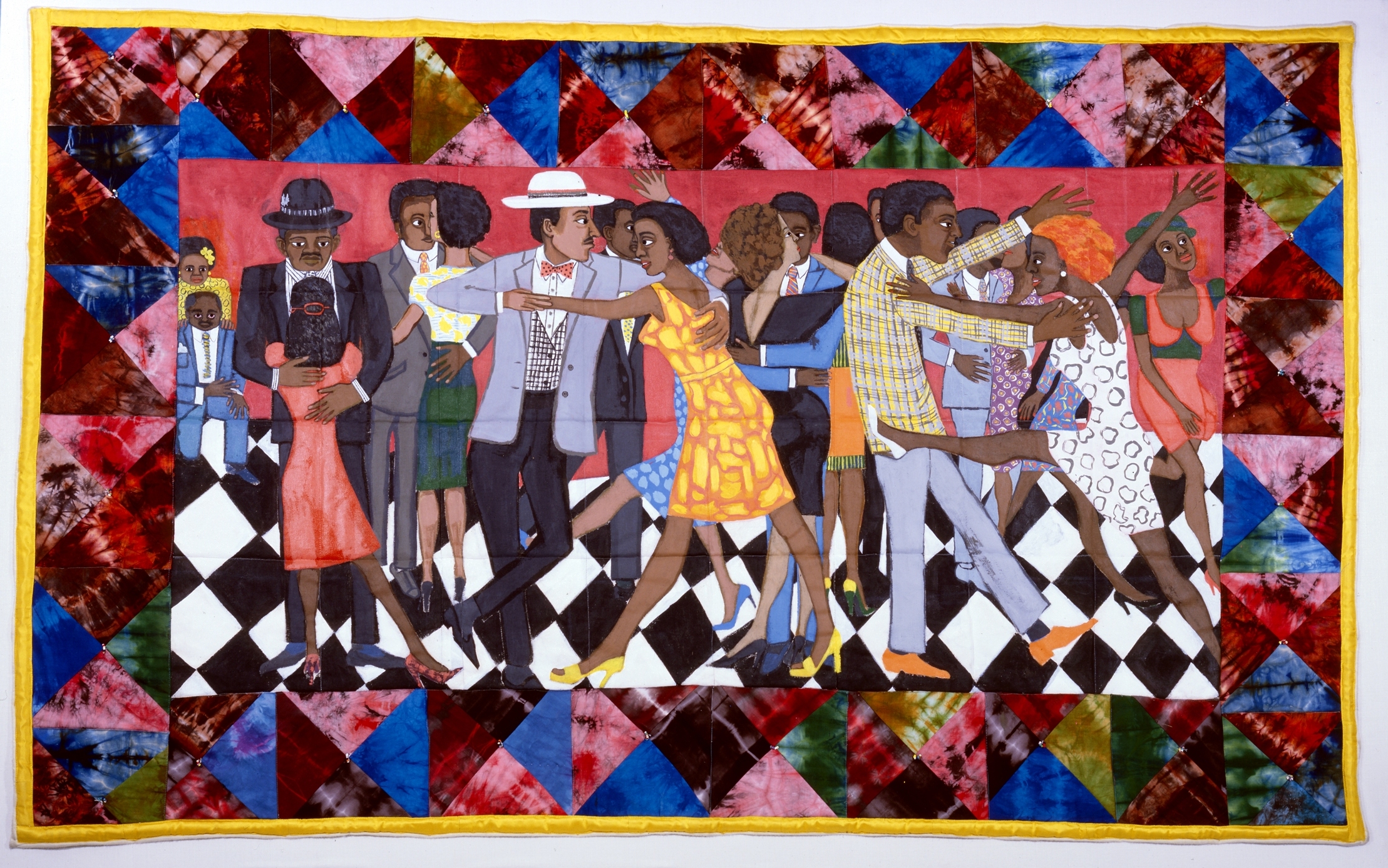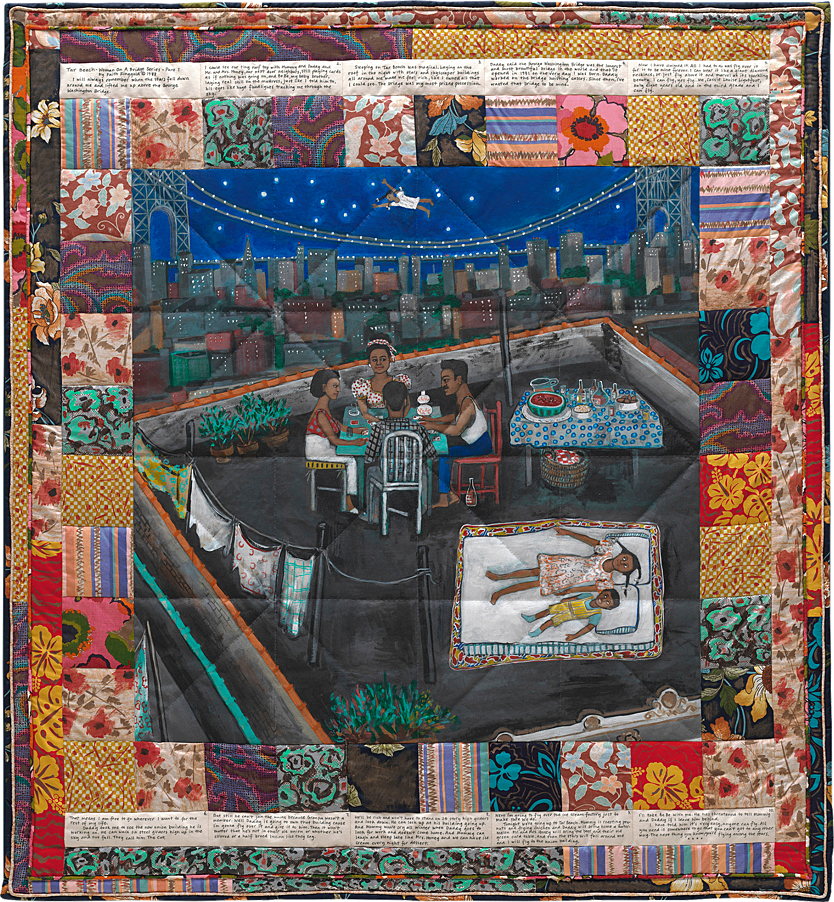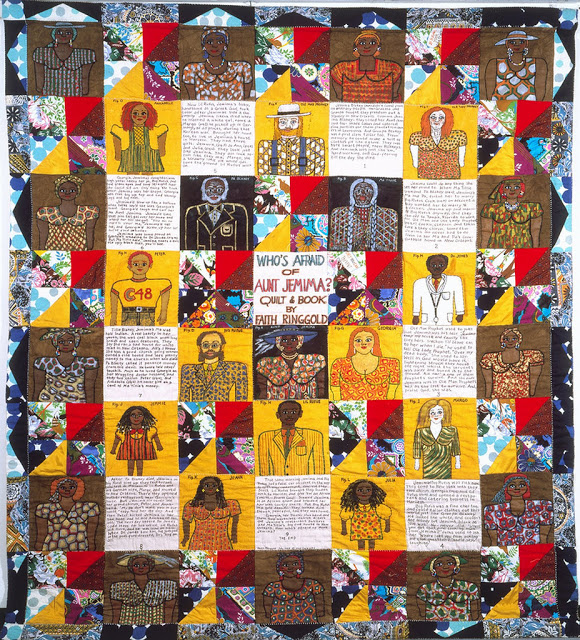Tomasso Masaccio was born December 21, 1401 in a small town north of Florence, Italy. There is very little information documenting his life, but it was common for artists to become apprentices around age 12. Most likely, he went to work under a master in Florence around that time. His first documented work (which was signed by him) was completed in January 1422. Artists during the renaissance did not sign their work until they had achieved the status of master. Twenty-one was young to be a master and sadly Masaccio died when he was 26. During this short career though, he had a profound influence on art. He was one of the leaders that moved the style of painting from very ornate and unrealistic two-dimensional to a more natural and realistic view. He was one of the first to use linear perspective (with lines moving back to a vanishing point) as well as atmospheric perspective (where things get bluer, blurrier, and lighter as they recede into the background) in his painting. He used shading and directional light sources as well as shadows beneath objects to create much more life-like figures than the traditional use of outlines and flat, two-dimensional depictions. His work had a heavy influence on later artists, such as Michelangelo.
Masaccio created primarily religious works to ornament cathedrals, but he also painted a handful of portraits. He had a preference for showing people in profile. Today we will create our own portraits in profile. You can work with a partner and draw each other or use the hand mirrors to draw a self-portrait (Which will be more difficult, you will need to peak out of the corner of your eye to do so.)
This lesson will guide you through the general way to draw a face. Remind the students that each face is unique. It is by observing and drawing the unique features that we make our drawings life-like. This will be a bit technical, so help the students not to get too stressed out over the details.
1. Very lightly, draw a line the length you want your finished face to be. Lightly draw intersecting lines to divide this into thirds. This will give you a fame-work to keep the face in proportion.
2. Look closely at the shape of the nose then draw it in the center section, all the way from the top to the bottom.
3. In the top section, we will draw the forehead. Indent in a little where the nose meets the forehead and then bow out for the ridge of the brow bone. Now gently curve up to the top of the line to make the forehead.
4. Make a small mark 1/3 of the way down in the bottom section, this will be the mouth. Look at how the area connecting the lip and nose curves in. Make this and then curve out for the lip. The upper lip will end in the line. That is the opening of the mouth. Now make the bottom lip, indent in and slope back to make the chin. Then extend a line below the jaw down to make the neck.
5. The eyebrow will start at the top line. For now, make the general outline, but don’t worry about putting in a lot of detail. Look carefully at where the eye falls under the eyebrow. The bottom of the eye will be at about the center of the section. If you lay a pencil down at the corner of the nose the end of the eyebrow, the corner of the eye will fall along this line also.
6. Now erase the guide lines. Add in the interesting details. Make the eyebrows with several short strokes that will look like hair. Add in a few clumps of eye lashes around the eyes, frame the face with hair. For older students, you can talk a little about shading, if you’d like. Add some rich details like Masaccio would, a fancy necklace or hat. Put your subject in intricately detailed clothes, anything that makes it fun.
7. Finally, add a little bit of color by filling in the areas with chalk. Press lightly and use small strokes, then blend gently with your finger. Spray each picture with hairspray, holding the can 6†away to “fix†the chalk and pencil. This will keep them from smudging.




